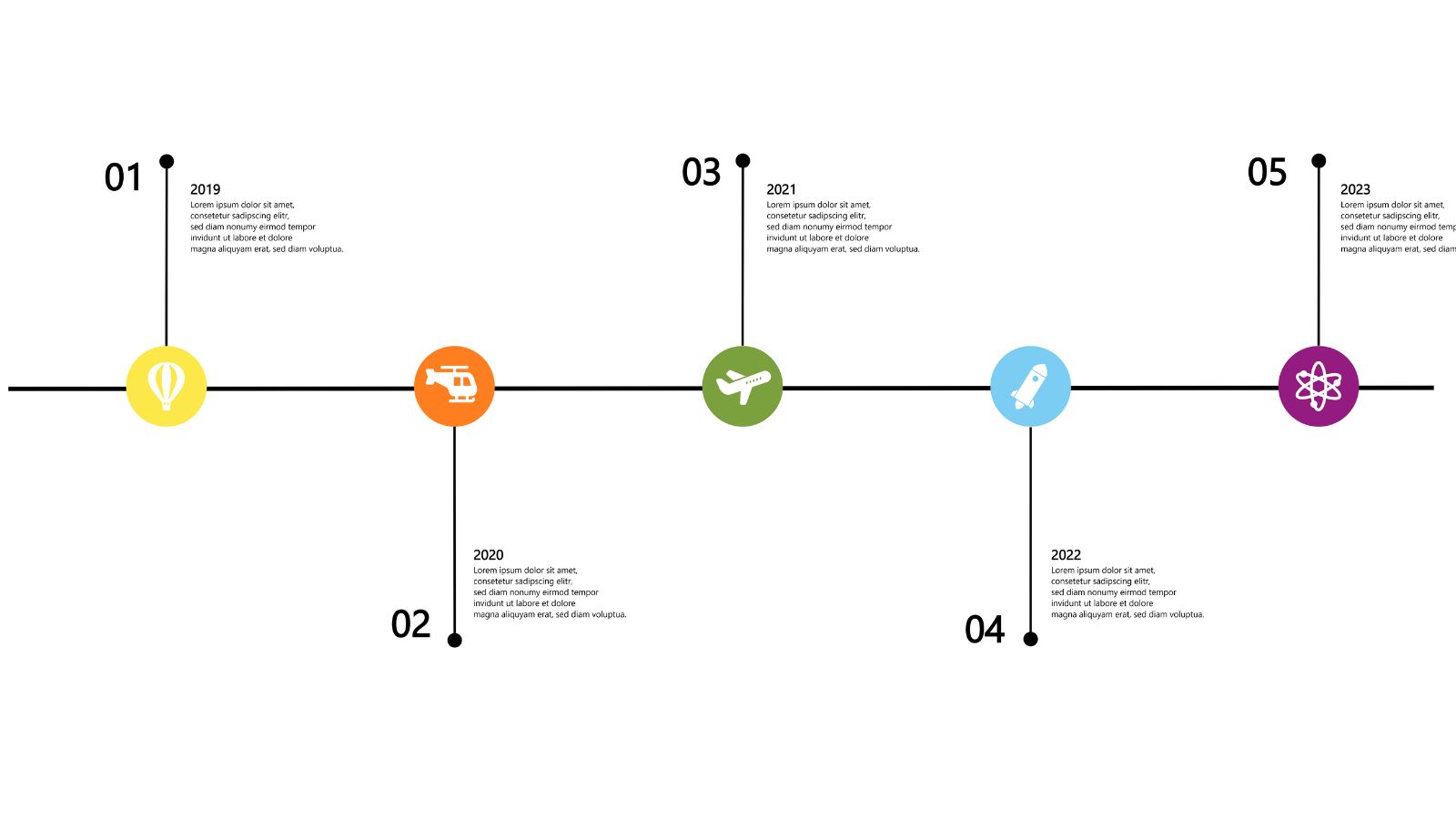 Understanding the Key Components for Building an Effective Enterprise AI Strategy
Understanding the Key Components for Building an Effective Enterprise AI Strategy
Artificial intelligence (AI) has become a buzzword in recent years, with its potential to revolutionize industries and transform the way organizations operate. However, many enterprises are not fully prepared to embrace AI due to a lack of clear direction, policies, talent, knowledge, strategy, and cloud execution. In fact, the Cisco AI Readiness Index found that up to 76% of organizations lack comprehensive AI policies. To harness the transformative power of AI, organizations need to build a solid AI roadmap and overcome adoption hurdles.
The first pillar in creating an effective AI roadmap is strategy. It involves clearly defining business objectives and goals and identifying specific friction/problem areas where AI can deliver tangible value. By aligning AI initiatives with the broader strategic vision of the organization, businesses can ensure that their AI efforts are in sync with their overall business strategy.
The second pillar is data. Clean, high-quality data is crucial for creating an organization’s AI roadmap. Organizations need to ensure they have relevant data and the necessary infrastructure to collect, store, and process this data effectively. Issues like data hallucination can occur with large language models (LLMs), so it’s essential to have secure, clean, and readily available data.
The third pillar focuses on LLMs. LLMs have become a cornerstone of many AI applications, enhancing capabilities in natural language understanding, generation, and complex decision-making processes. Organizations need to choose the right LLMs, train them with accurate data, and create feedback loops to constantly improve these models. There are open-source and closed-source models, each with their own advantages and considerations.
The fourth pillar is workflows. Identifying suitable workflows and use cases where AI can seamlessly integrate into existing operations is crucial. By developing AI-driven workflows that automate and optimize processes, organizations can streamline their operations and drive efficiency.
To implement these pillars effectively, organizations should consider a structured approach. They should identify business pain points and align them with goals and offerings, define specific use cases where AI can add value, establish the right team structure, and define metrics, goals, and feedback loops to measure success.
Big tech companies like Google, Apple, Amazon, and Meta have already released robust roadmaps for bringing AI across all offerings. Google’s I/O 2024 showcased a range of AI innovations to enhance user experiences across various domains. Enterprises need to decide whether they want to be AI-first or AI-enabled, with AI-first companies advancing AI as a science and AI-enabled companies focusing on implementation and distribution.
By developing an AI roadmap and leveraging AI technology effectively, organizations can unlock the transformative potential of AI, amplify human capabilities, and drive lasting positive impact. It requires a comprehensive approach that addresses strategy, data, LLMs, and workflows. With the right roadmap in place, enterprises can navigate the evolving landscape of AI and stay ahead of the competition.
